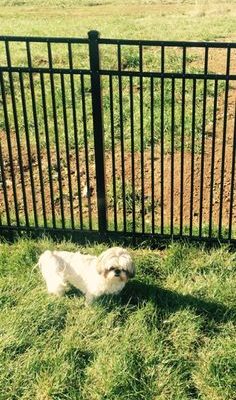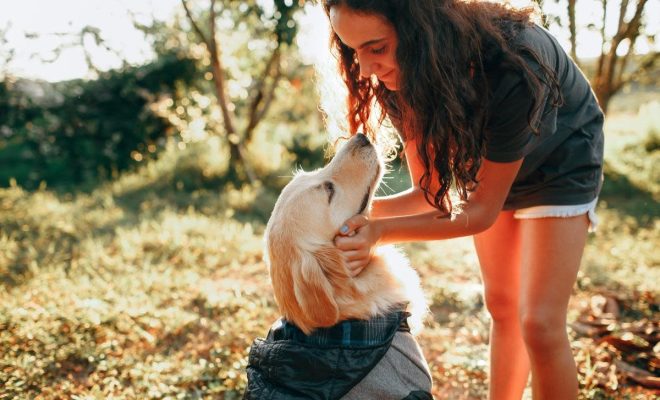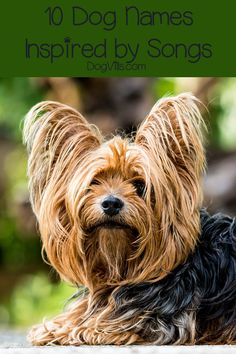What Type of Dog Fence Should Is Best for Me and My Dog?

When deciding on the best type of dog fence for you and your furry friend, there are several options to consider. The best choice will depend on multiple factors including the size of your dog, your yard, your budget, and local regulations. Here’s a rundown of the most common types of dog fences to help you make an informed decision:
1.Traditional Wood or Chain-Link Fences: These are some of the most common types of fences. They offer a clear physical boundary and can be quite effective at keeping your dog within your yard. They require more maintenance and can be costly, depending on the materials and property size.
2.Invisible Fences: Invisible or electric fences work by sending a mild electric shock to a dog collar when it approaches the fence’s boundary. They keep your yard’s aesthetic, but training is essential to ensure your dog understands its limits. Consideration should be given to the ethical aspects and potential stress on the pet.
3.Wireless Fences: Similar to invisible fences but without the need for buried wires, wireless systems create an adjustable circular boundary around a central base station. They are portable, which is ideal for people who move frequently or want to take it with them on vacations.
4.Portable Fences: Portable or temporary fences are great for renters or those who need a flexible solution. They can range from lightweight fabric materials to heavier metal panels and usually don’t require professional installation.
5.Farm-Style Fences: If you live in a rural area, a farm-style fence such as split-rail combined with mesh may suit your needs and blend with the environment.
6.Picket Fences: Aesthetically pleasing but often short, picket fences are better suited for smaller dogs or dogs that aren’t prone to jumping.
Ultimately, the best fence for you and your dog will depend on balancing safety, aesthetic preferences, cost, and long-term maintenance. Before making a final decision, be sure to factor in the height and digging habits of your dog as well as any local ordinances that might dictate fence types and heights.






